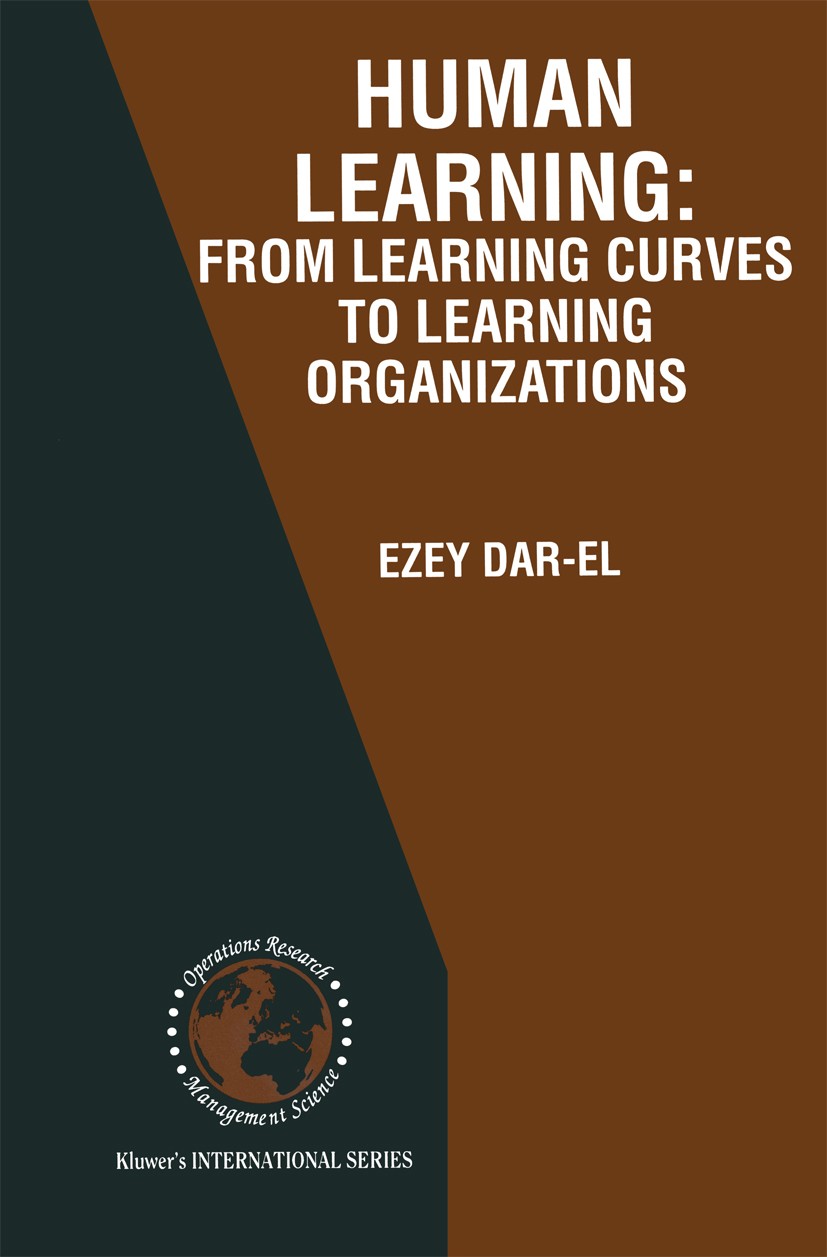| 書(shū)目名稱 | HUMAN LEARNING: From Learning Curves to Learning Organizations |
| 編輯 | Ezey M. Dar-Ei |
| 視頻video | http://file.papertrans.cn/421/420348/420348.mp4 |
| 叢書(shū)名稱 | International Series in Operations Research & Management Science |
| 圖書(shū)封面 |  |
| 描述 | Learning plays a fundamental role in the production planningand growth of all organizations. With the need for more rapid changesin the global economy, the management of organizational change is akey factor in sustaining competitiveness in today‘s economy. This bookhas been developed with these `learning needs‘ in mind. .Human..Learning:From Learning Curves to Learning Organizations. covers abroad range of learning models and related topics beginning withlearning curves to recent research on learning organizations. Thebook‘s focus is to enable researchers and practitioners to forecastany organization‘s `learning needs‘ using the prediction aspects of anarray of learning models..The book includes research and application discussions on topics suchas accounting for previous experience; the`learning-forgetting-relearning‘ phenomenon; parameter estimation withno previous experience; DeJong‘s incompressibility model; predictivelearning models requiring only two learning parameters; long learningcycle times; the speed-error relationship; evaluating the cost oflearning from the point of view of safety; and an examination ofLearning Organizations. Each chapter is developed from publishedre |
| 出版日期 | Book 2000 |
| 關(guān)鍵詞 | Change; competitiveness; management; organization; organizations; planning; production |
| 版次 | 1 |
| doi | https://doi.org/10.1007/978-1-4757-3113-2 |
| isbn_softcover | 978-1-4419-4997-4 |
| isbn_ebook | 978-1-4757-3113-2Series ISSN 0884-8289 Series E-ISSN 2214-7934 |
| issn_series | 0884-8289 |
| copyright | Springer Science+Business Media New York 2000 |
 |Archiver|手機(jī)版|小黑屋|
派博傳思國(guó)際
( 京公網(wǎng)安備110108008328)
GMT+8, 2025-10-12 11:37
|Archiver|手機(jī)版|小黑屋|
派博傳思國(guó)際
( 京公網(wǎng)安備110108008328)
GMT+8, 2025-10-12 11:37


